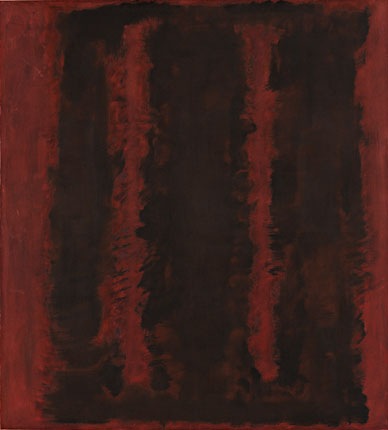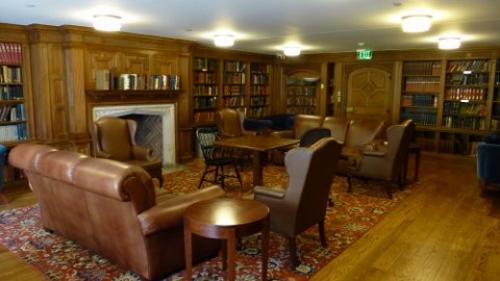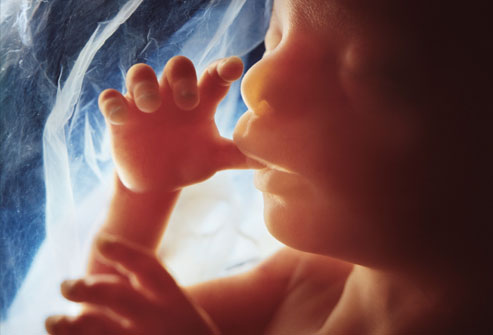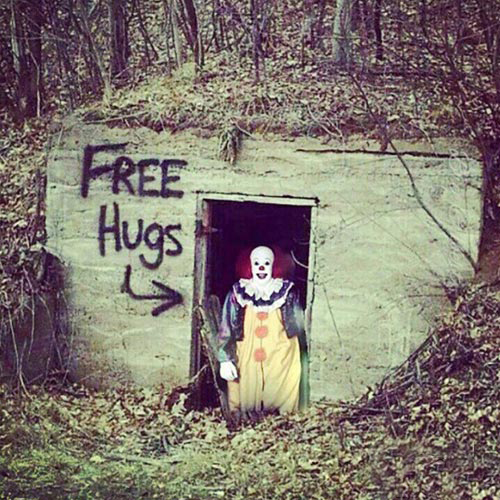Last Friday I went to Tate Modern for one of their late night events. This time it was PechaKucha 20×20 and the theme was around Common Space. The format of these informal gatherings is quite interesting – the speakers have 20 slides (no more and no less) and each slide is shown for 20seconds, which gives a total of 6 minutes 40 seconds to present.
This presentation format was devised by Astrid Klein and Mark Dytham and the first PechaKucha Night was held in Tokyo in 2003. PechaKucha Nights now happen in over 900 cities around the world, mostly held in fun spaces in a relaxed way. The best thing about these events is that anyone can present. This event took place in the corridor on the 4th floor of the new Switch house in Tate Modern. I liked the informal way this event was held, but the noise made by the visitors was a little annoying.
The Speakers
Richard Dedomenici
@dedomenici
Richard makes anarcho-surrealistic performances that are social, joyful, topical and political. Below you can see a few of the projects he showed us.
Shed Your Fears was launched as part of Who Are We? at Tate Modern in March 2017. It’s a booth in which two strangers from different backgrounds confess their fears to each other.
The Redux Project was launched in 2013 in an attempt to disrupt the cinema industry by making counterfeit sections of popular films.
Annette King
Annette is a senior Paintings Conservator at Tate, where she has worked since 1997. In her years there she has worked on the collection of modern and contemporary paintings, carrying out both treatment and research. At this event she was talking with passion about painters shown at Tate, and the techniques they used, even showing some ultraviolet and infrared imaging of a Rothko painting.
Francis Picabia
Picabia was a French avant-garde painter who after experimenting with Impressionism and Pointillism, became associated with Cubism. His highly abstract planar compositions were colourful and rich in contrasts. He was one of the early major figures of the Dada movement in the United States and in France. He was later briefly associated with Surrealism, but would soon turn his back on the art establishment.

‘Otaïti’, Francis Picabia | Tate 1930

Hera, Francis Picabia | private collection 1929
Around 1930 Francis Picabia produced a series of paintings based on the nude glamour photos in French “girlie” magazines like Paris Sex-Appeal, in a garish style which appears to subvert traditional, academic nude painting.
Mark Rothko
Rothko was an American painter and although he refused to adhere to any art movement, he is generally identified as an abstract expressionist. Around 1950 Rothko started the transition to his signature “multiform” paintings. Rothko himself described these paintings as possessing a more organic structure, and as self-contained units of human expression. They were filled with possibility.
In the late 1950s, Rothko was commissioned to paint a series of murals for the Four Seasons restaurant, in New York. He constructed a scaffold in his studio to match the exact dimensions of the restaurant and set to work. The murals were a lot darker in mood than his previous work and he withdrew from the commission. Instead, he presented the series to the Tate Gallery. The murals arrived in London for display on the very day of his suicide.
Reid Smith
@nunclewidgeon
Reid works as a manager in the Visitor Experience Team at Tate Britain and Tate Modern. At the event, he talked about commonwealth, community and what kind of common space is the Tate. A gallery is a public space but we can’t do what we want in it. So what is ‘common space’? According to wiki a common area (space) is, in real estate or real property law, the “area which is available for use by more than one person…”.
Although this presentation was interesting, Reid went through it so fast that the only other thing I took out of it was the photo of a humongous snow penis that popped up close to the gallery one day, and Reid together with his co-workers debated what to do with it… Is it art? Can they move it? Who should they call?
Desiree Burch
@destheray
Desiree is a comedian, solo performer, writer and actor. She started her talk with showing us a photo of the first “common space” she came into contact with. It looked something like this:
A college common room. Desiree’s first thought was – this is definitely not “common” – no “common” family could afford this. She started thinking about what common space we all have in common:
Common space brings restrictions. People don’t go to free galleries because they don’t believe anything is for free. The thing people are trying to woo you in and take more than they give.
Tar Baby is a solo show that tackles the story of race in America, performed by Desiree. This performance is about the growing majority of minority experiences in America and beyond.
The article is a little disjointed due to the amount of information in a short amount of time. Without recording it’s impossible to remember everything. But hopefully, you now have an idea of how these presentations look. I really like the format and think this is an amazing opportunity for new presenters to try their strengths.
The next PechaKucha event in London will be held in The Geffrye on 27th April 2017. See you there!











